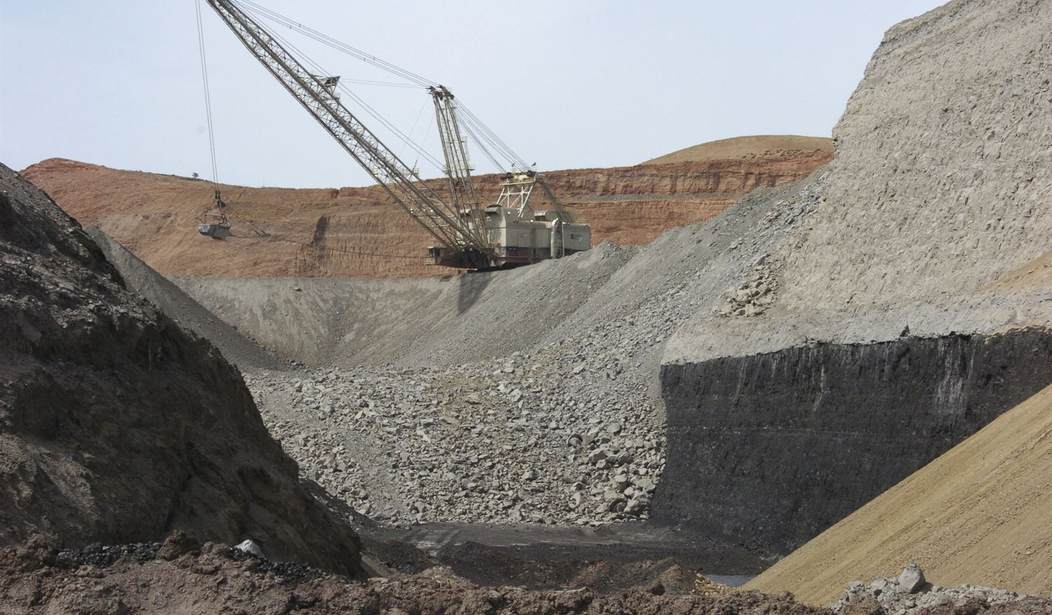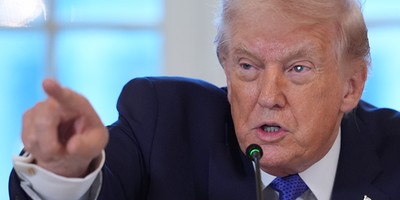On Tuesday evening President Trump visited for a major rally in West Virginia, America’s “coal country” – or what once was. Proclaiming “clean coal” and giving a shout-out to Republican Senate nominee Patrick Morrisey, who is running a competitive race against Senator Joe Manchin (D-WV), it is clear the president is continuing his focus on America’s hinterlands and heartland which were so essential behind his election.
President Trump has made one of his administration’s major economic themes his solidarity with coal and its workers. From donning a miner’s hat in his previous rally in West Virginia to his repeals and reform of Obama-era coal emissions regulations, he has stood steadfast with one of the true “forgotten men and women” communities of our country.
It was only a few years ago that not only were the plight of coal workers ignored as the energy industry rapidly began transforming away from increasingly uncompetitive coal power but in fact the Obama-era EPA, as well as other federal agencies and lawmakers, began trying to artificially stamp out the coal industry.
This was done through draconian emissions regulations that essentially made it impossible for coal plants to possible turn sufficient profits to stay in business. Coal already was on the decline, but by speeding up its collapse through government intervention the result was far more turbulence and instability for displaced workers.
Rather than having sufficient time to slowly retrain or transition to new industries tens of thousands of coal workers simply suddenly found themselves out of a job.
In recent days President Trump has announced a dramatic new change in EPA regulations that undoubtedly may slow coal’s decline a bit more in allowing states to begin to regulate certain aspects of emissions standards. Obviously coal-heavy states like West Virginia, with elected officials eager to support jobs in their own backyards, will likely pass very lax restrictions as a result.
Recommended
As I said the other day on Fox Business, the longer term trend is obviously away from coal and towards other alternative fossil fuels such as natural gas in the medium-term and in the longer-term towards renewables such as solar, wind, hydro, thermal, nuclear, and more.
However as with any industry that is slowly becoming antiquated and phased out it is better to allow the market to do it on its own rather than try to speed up innovation, often with disastrous results. When the light bulb came into being it didn’t succeed because the government banned candles and oil lamps but because it was a superior technology.
However with the “War On Coal” many of its proponents wanted to get rid of coal for a variety of reasons, ranging from concern over the indeed polluting effects of the technology to wanting to speed up the move to renewables. However when the “War On Coal” began in the early 2010’s renewables simply weren’t ready for mass adoption and still in truth aren’t, thereby leaving an energy gap and significant worker disruption that could have been avoided with a slower and less steep transition.
In a decade or so the U.S. coal industry and its remaining 52,000 jobs, down from a high of over 880,000 in 1923, will likely be still on the decline and struggling to survive. However it also very well might not, as sometimes market innovation takes unpredictable forms and indeed we see even this past year, with reduced artificial government burden, how coal production and exports are up and employment has increased slightly from around 48,000 to 49,000 jobs in 2016.
Coal is increasingly uncompetitive, it is polluting, and it is dangerous. In the long-run it likely will be phased out bit-by-bit as other energy technologies continue to advance rapidly. Yet it should be allowed to run its own course, as that will be result in what the market, economy, and society finds more efficient and right.
Whatever the case for the industry itself the actual workers – human beings and Americans – involved are worth our notice too. For many this has been not only their whole life but the lives and professions of everyone around them both now and for generations before.
Undoubtedly in the future they will find new industries to settle in, but in the meantime giving them the cushion to transition – or at least not artificially speeding up and intensifying their hurt through government action – is something worth considering and that the current administration seems to be pursuing.

























Join the conversation as a VIP Member